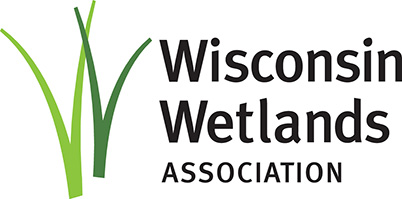
The latest wetland news
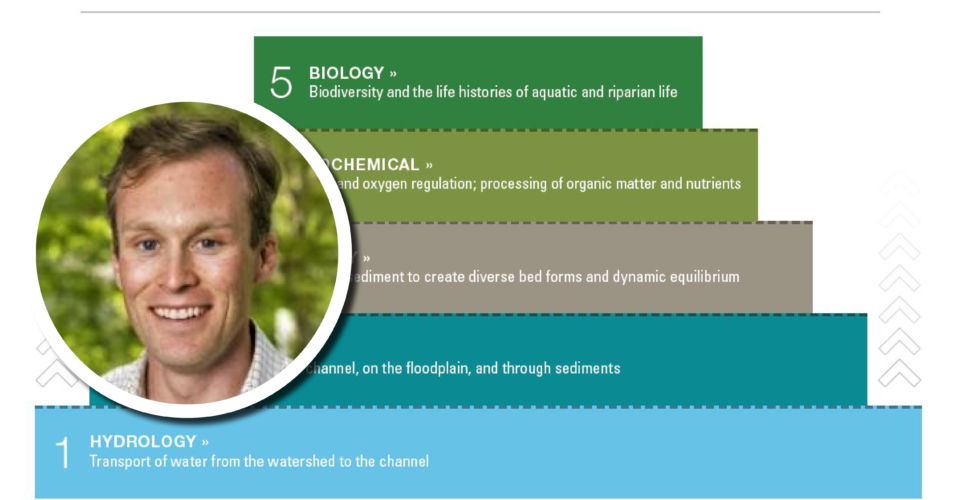
Wetland Coffee Break: The Stream Functions Pyramid
Join Paxton Ramsdell as he describes the five hierarchical functions of streams and describes the importance of accounting for each of these functions when protecting or restoring streams and watersheds.
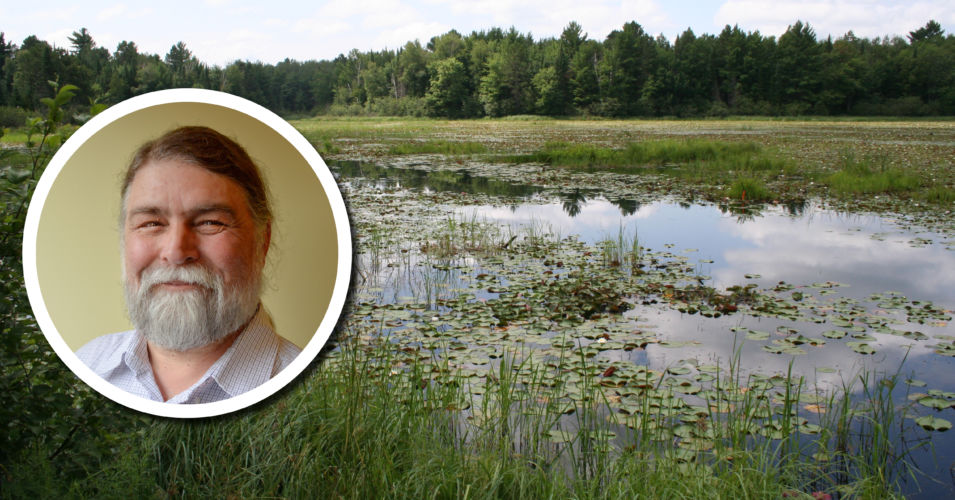
From the Director: The art and craft of restoration
In his latest Director’s column, Executive Director Tracy Hames examines how wetland and watercraft restoration is an art as much as they are a craft.
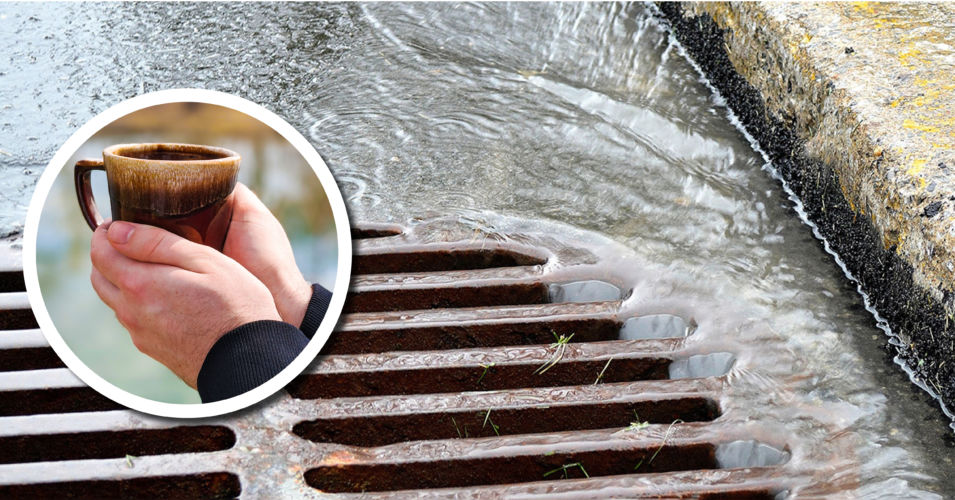
Wetland Coffee Break: Opportunities to accelerate watershed-scale runoff management: A law and policy perspective
Tune in to hear environmental attorney Paul Kent and WWA’s Erin O’Brien describe how watershed-scale runoff management makes sense from both resource management and environmental policy perspective.

Wetland Coffee Break: Spectacular sedges in Wisconsin’s wetlands
Have you ever wanted to know more about the plant diversity that lurks in green wetland meadows and marshes? Dr. Mandy Little will share her knowledge of sedges, a plant family that dominates healthy Wisconsin wetlands.
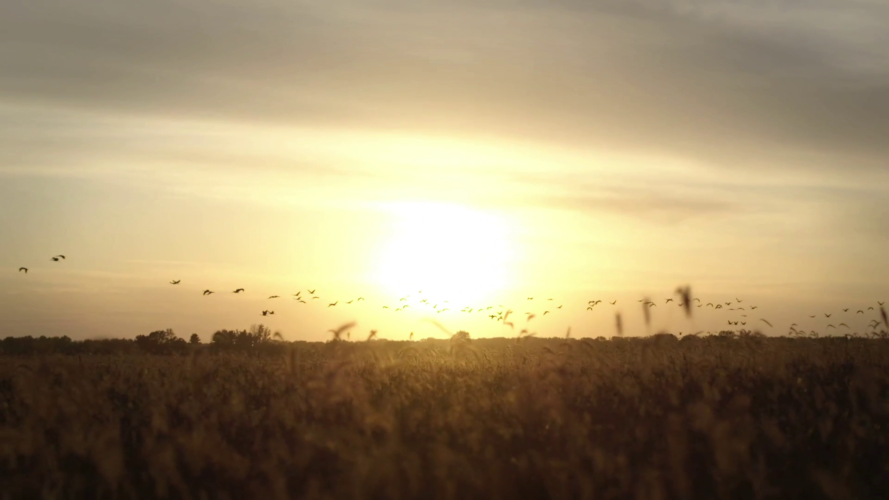
Wetland restoration and bird monitoring on the Oneida Nation
Learn about this deep and engaging collaboration helping to inform the Oneida Nation’s landscape restoration efforts.

Wetland Coffee Break: So you want to manage your wetland. Where to start?
Landowners Penny and Gary Shackelford answer the questions: How to get advice? How to get help? How to get the money? How to keep enjoying it all?

Wetland Coffee Break: Whooping crane conservation in Wisconsin
Join Whooping Crane Outreach Coordinator Stephanie Schmidt to learn about the International Crane Foundation’s whooping crane reintroduction and community building efforts in Wisconsin and beyond.
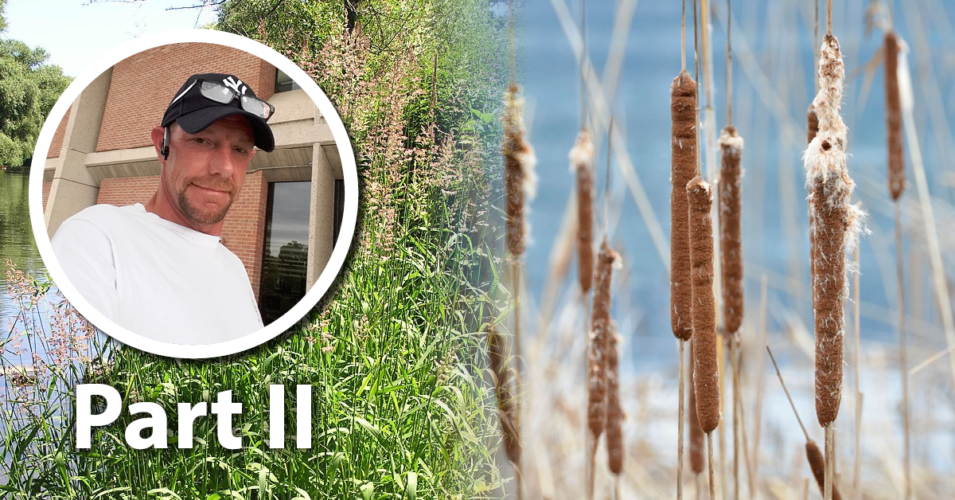
Wetland Coffee Break: Toward more effective invasive species management: Part 2
Part 2: How a system dynamics approach works in practice Note: This presentation will be more technical than many of the talks in the Wetland Coffee Break series State and transition models of community dynamics predict that feedback processes and synergistic...

Wetland Coffee Break: Toward more effective invasive species management: Part 1
Part 1 introduces concepts from state and transition models and systems approaches to invasive species management.

Wetland Coffee Break: Hackmatack National Wildlife Refuge: 10 years strong and beyond
Vince Mosca and Paul Bruett will discuss the establishment of this Urban National Wildlife Refuge and its goals and will share progress made in land acquisition over the last 10 years.
